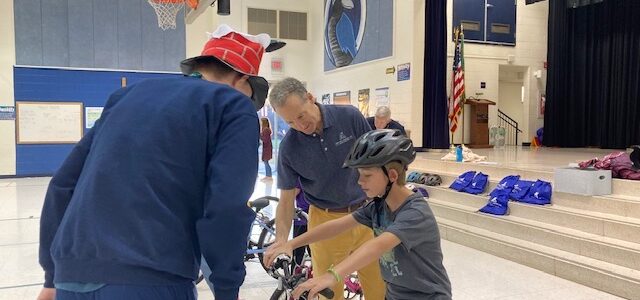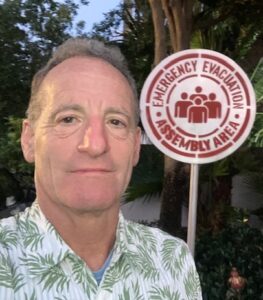
Warn people, inform people, protect people – so they don’t get “punch drunk,” concussions & CTE
In 1928, in JAMA (the Journal of the American Medical Association), a pathologist named Harrison Martland published the first medical report on punch-drunk syndrome. Martland, who was the chief medical examiner of Essex County, New Jersey, had performed hundreds of brain autopsies on people with head injuries, including a boxer. “For some time fight fans and promoters have recognized a peculiar condition occurring among prize fighters which, in ring parlance, they speak of as ‘punch drunk,’ ” he wrote; boxers with obvious early symptoms were “said by the fans to be ‘cuckoo,’ ‘goofy,’ ‘cutting paper dolls,’ or ‘slug nutty.’ ” Drawing on his own investigations and those of his colleagues, Martland concluded that the condition probably arose from single or repeated head blows which created microscopic brain injuries. With time, these small injuries would become “a degenerative progressive lesion.” Mild symptoms manifested as “a slight unsteadiness in gait or uncertainty in equilibrium,” he found, while severe cases caused staggering, tremors, and vertigo. “Marked mental deterioration may set in, necessitating commitment to an asylum,” he warned..

Likewise, in the American version of football, the injury statistics were daunting from the very beginning. However, the sport downplayed the dangers, added padding, an emphasized the manly test of strength that the sport represented. According to the New Yorker piece, by the 1950s, “punch-drunk syndrome was being described as dementia pugilistica and chronic traumatic encephalopathy.” At that time, almost three quarters of a century ago, “there was a clear consensus that repeated concussions produce both acute and long-term problems.” In a 1952 journal article a Harvard physician, reviewed “serious recurrent injuries” across college sports and advised that athletes who had more than three head injuries, or who suffered a concussion that resulted in a more-than-momentary loss of consciousness, should avoid further contact sports altogether. “The college health authorities are conscious of the pathology of the ‘punch-drunk’ boxer,” he wrote. Lawyer Doug Landau was astounded to read that the NHL did not mandate helmets until the 1970s, despite the fact that the ice is a more unforgiving surface than frozen grass, astroturf and dirt. Cracked skulls should not be “part of the game.”

Public Health officials should warn people, inform people & protect people – so that athletes don’t get “punch drunk,” multiple concussions and end up with CTE. At ABRAMS LANDAU, Ltd., we go to the schools to teach children about brain injury. In addition to informing them about brain trauma, we teach them about bike safety and the rules of the road. At some schools, we are able to have a “Bike Rodeo” to practice safety. At other schools, Doug Landau and his team are able to put the children though their paces, with their parents and caregivers assisting, so that they know how to ride the bicycles they are given and properly war their helmets. Preventing unnecessary head injury or brain damage has been a goal of Doug Landau’s “Lids on Kids” program. This post is being published on Super Bowl Sunday before the big game precisely because Americans need to think about how they want to be entertained, how they want to care for brain damaged athletes, and who should pay the costs to society for these sports injuries.
